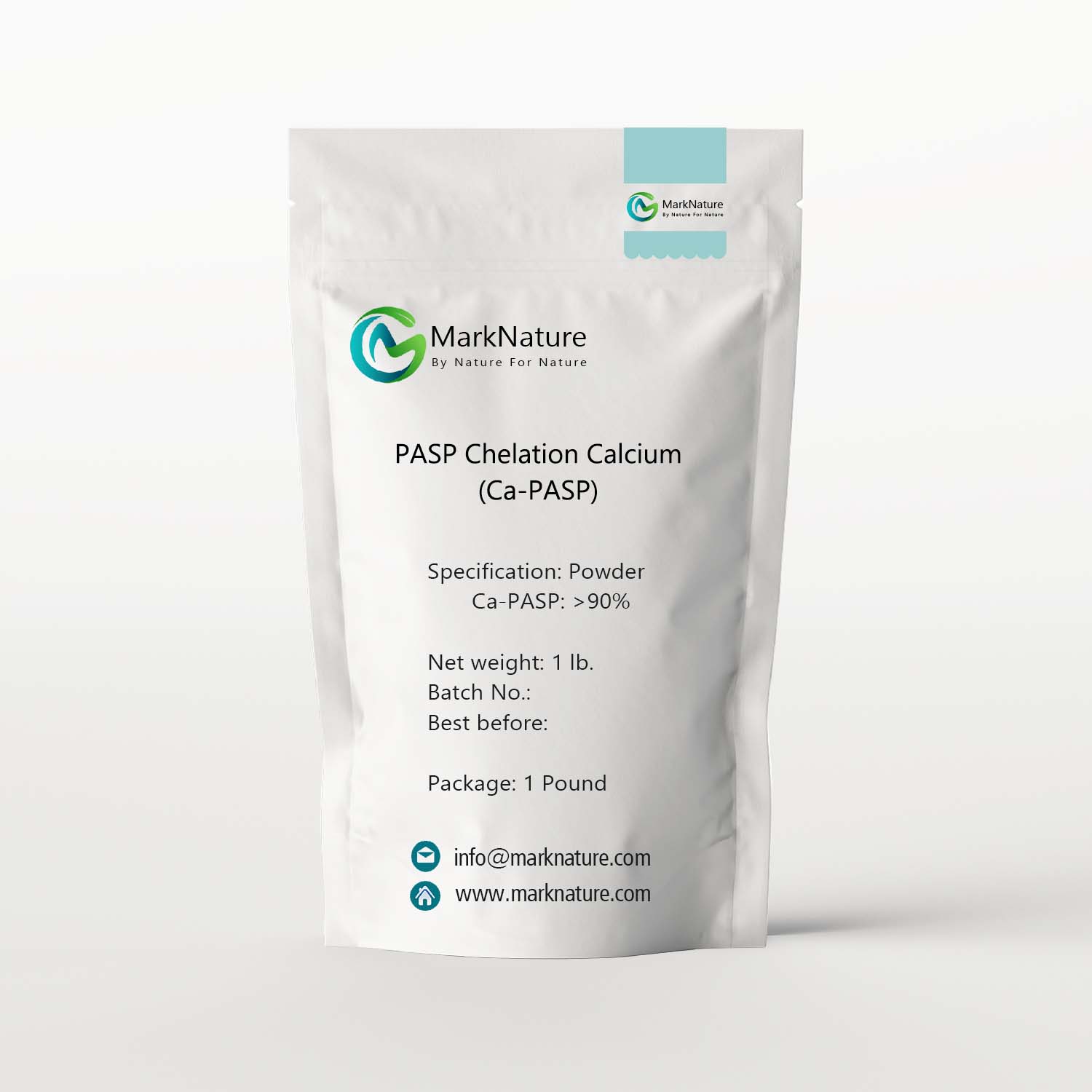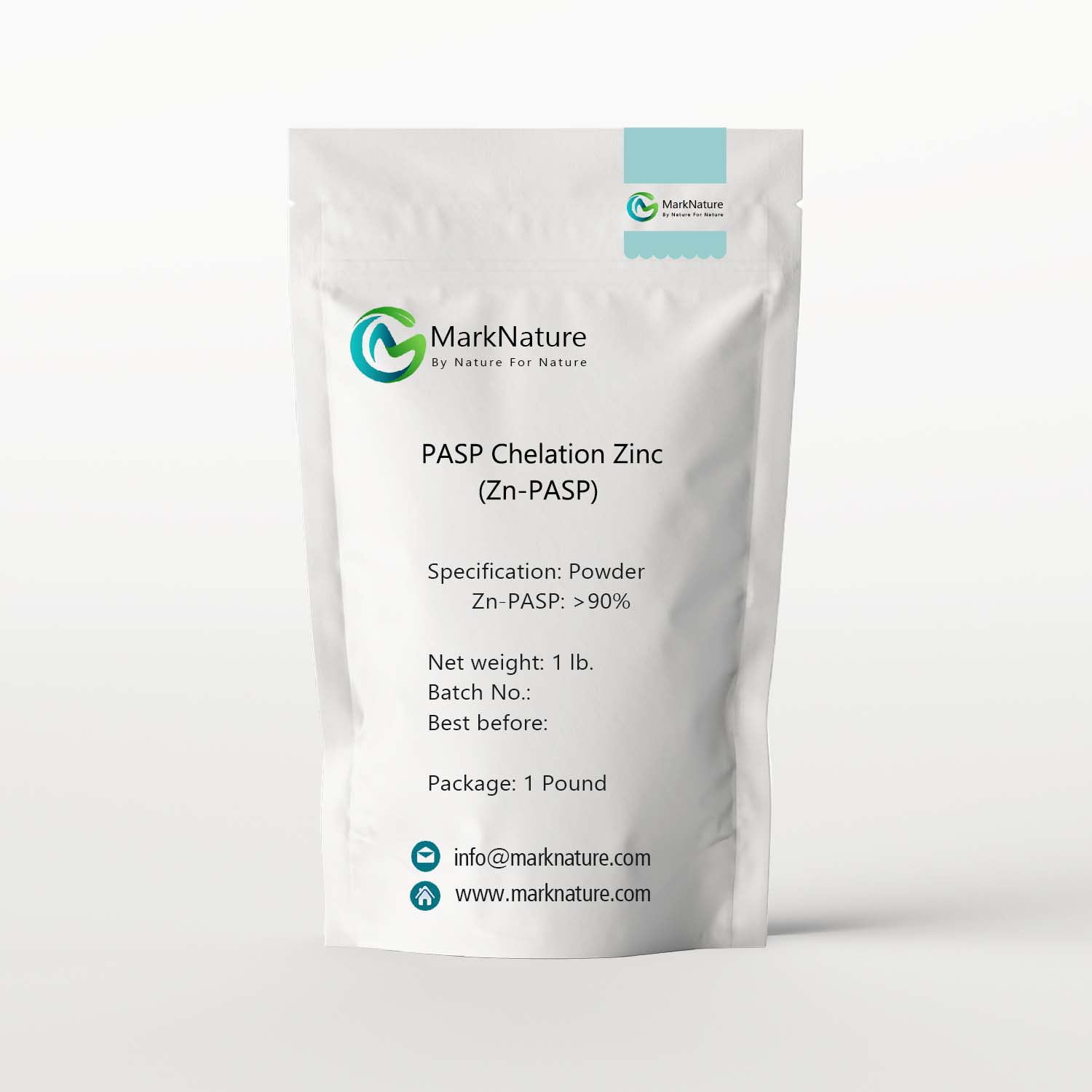Description
Polyaspartic acid, an organic and biodegradable high-molecular-weight polymer, possesses exceptional qualities, including phosphorus-free, non-toxic, and eco-friendly properties. This synthetically derived, highly water-soluble polymer is celebrated for its "Green Chemical" status worldwide, thanks to its lack of phosphate, non-polluting nature, and complete biodegradability.
Advancements in production technology have made it possible to produce numerous derivative salts of polyaspartic acid on an industrial scale. Notably, Chelated PolyAspartic Acid with Calcium and Zinc Salts exhibits remarkable characteristics due to its peptide bond structure, active groups like carboxyl, and natural biodegradable nature. It possesses powerful functions, such as chelation, dispersion, adsorption, and excellent compatibility.
These innovative PASP derivative polymers unlock new multifunctional capabilities for both PASP and micronutrients, enabling their versatile utilization across various industries, particularly in agriculture.
Specification:
|
Products |
Ca-PASP |
Zn-PASP |
|
Appearance: |
Powder |
Powder |
|
Assay (PASP salt): |
90% min. |
90% min. |
|
Content of Calcium/Zinc: |
9~12% |
9~12 |
|
Degree of Polymerization: |
98% min. |
98% min. |
|
Limiting Viscosity dl/g(30°C) |
0.040-0.065 |
0.020-0.060 |
|
Loss on drying: |
10% max. |
10% max. |
|
PH: |
3.0-7.0 |
3.0-7.0 |
Application:
1) A vital component for agricultural enhancement, this polymer serves as the foundational material for producing polypeptide fertilizers, water-soluble polypeptide fertilizers, and growth-enhancing fertilizers.
2) The polymer significantly boosts crops' capacity to absorb nutrients like nitrogen, phosphorus, potassium, and various essential micronutrients. This amplifies fertilizer efficiency, resulting in increased crop yields.
3) Moreover, it can supply essential growth elements, including calcium and zinc ions, further supporting crop development.


